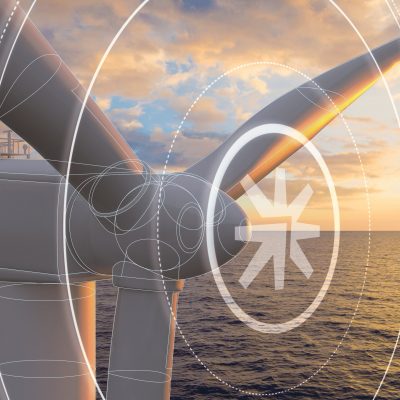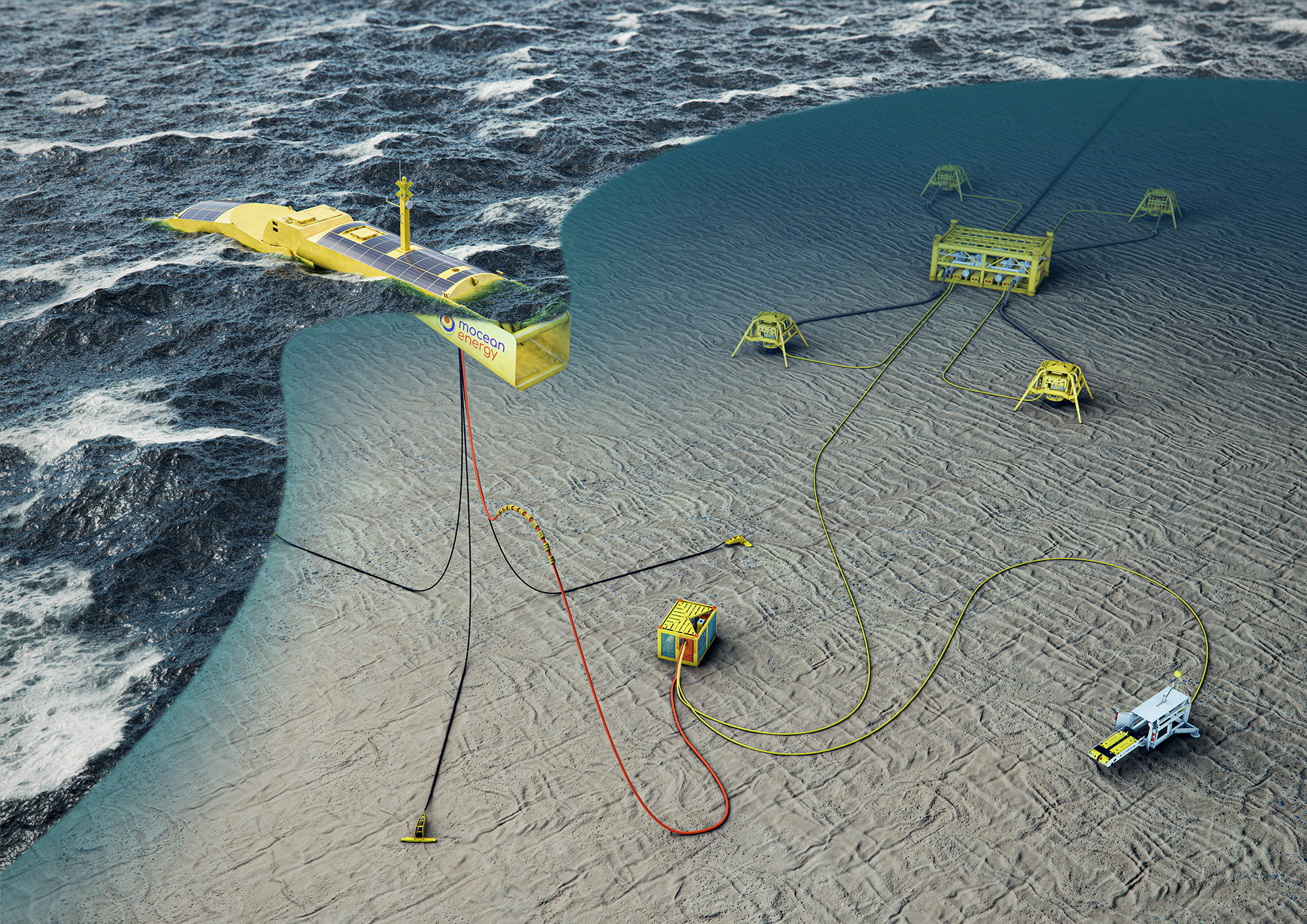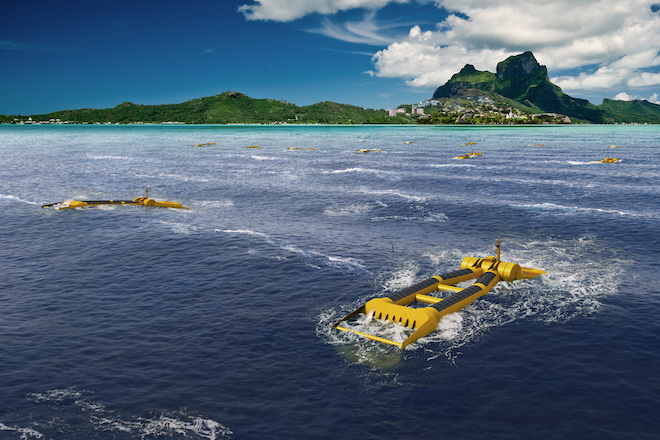NEWS & INSIGHTS | Opinion
To reuse or not to reuse, that is the question

The UK seabed plays home to 1000 pipelines measuring over 45,000 kilometers, that the renewables industry could potentially reuse. Using existing pipelines reduces the infrastructure cost for renewable energy, minimising the initial upfront capital expenditure of commissioning a new pipeline by as much as 70%.
Not all of these pipelines will be suitable for transporting CO2 or hydrogen. Therefore, each one must be assessed to determine its suitability for reuse. This assessment is fundamental to any reuse project but is a time-consuming and challenging task. One option is to reapply the appropriate design codes. However, as the pipeline has already been in use, this is insufficient and involves significant work to assess its suitability fully.
The oil and gas industry has already developed a comprehensive methodology for assessing pipelines that examines the pipeline’s life and the elements that would need to be addressed based on Failure Modes, Effects and Critically Analysis (FMECA). This approach was adapted to apply to reuse in the renewables sector, and high-level test cases were conducted. These assessments focused on reusing the pipelines to transport CO2 or H2 and demonstrated that the methodology was a valid and valuable approach to assessing a pipelines fitness for change of use for renewable energy. It is estimated that approximately 30% of the existing pipelines could be repurposed for hydrogen transportation, with a small subset being suitable to transport CO2.
The approach and test case results are published in our latest report, A methodology for assessing a pipelines fitness for change of use report.
Subscribe for the latest updates


